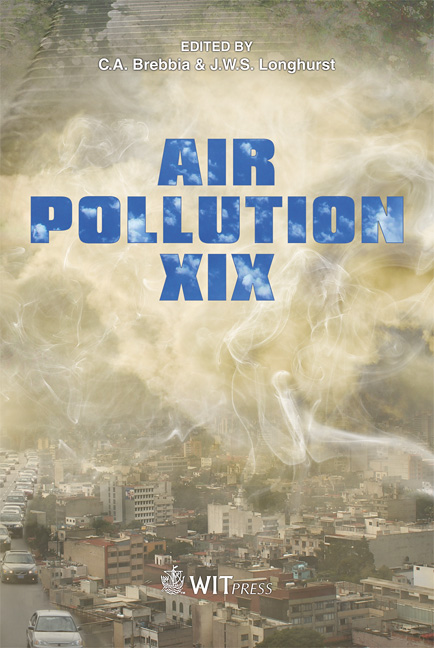Comparison Of Fungal Contamination Between Hospitals And Companies Food Units
Price
Free (open access)
Transaction
Volume
147
Pages
7
Page Range
455 - 461
Published
2011
Size
314 kb
Paper DOI
10.2495/AIR110421
Copyright
WIT Press
Author(s)
C. Viegas, M. Almeida, C. Ramos, R. Sabino, C. Veríssimo & L. Rosado
Abstract
A descriptive study was developed to compare air and surfaces fungal contamination in ten hospitals’ food units and two food units from companies. Fifty air samples of 250 litres through impaction method were collected from hospitals’ food units and 41 swab samples from surfaces were also collected, using a 10 by 10 cm square stencil. Regarding the two companies, ten air samples and eight surface samples were collected. Air and surface samples were collected in food storage facilities, kitchen, food plating and canteen. Outdoor air was also collected since this is the place regarded as a reference. Simultaneously, temperature, relative humidity and meal numbers were registered. Concerning air from hospitals’ food units, 32 fungal species were identified, being the two most commonly isolated genera Penicillium sp. (43.6%) and Cladosporium sp. (23.2%). Regarding yeasts, only Rhodotorula sp. (84.2%) and Trichosporon sp. (15.8%) were isolated. Regarding the analyzed surfaces from the same places, 21 fungal species were identified, being also Penicillium sp. (69.1%) and Cladosporium sp. (8.25%) the genera most frequently found. Candida parapsilosis (36.3%) and Rhodotorula sp. (25.7%) were the most prevalent yeast species. In the two companies, nine fungal species were identified in air, being Cladosporium sp. the most frequent genus (71.2%) followed by Penicillium sp. (13.0%). Only one yeast species, Candida famata, was identified. Eight filamentous fungi and three yeasts were identified in the analyzed surfaces, being
Keywords
air, surfaces, fungal contamination, hospitals, companies





